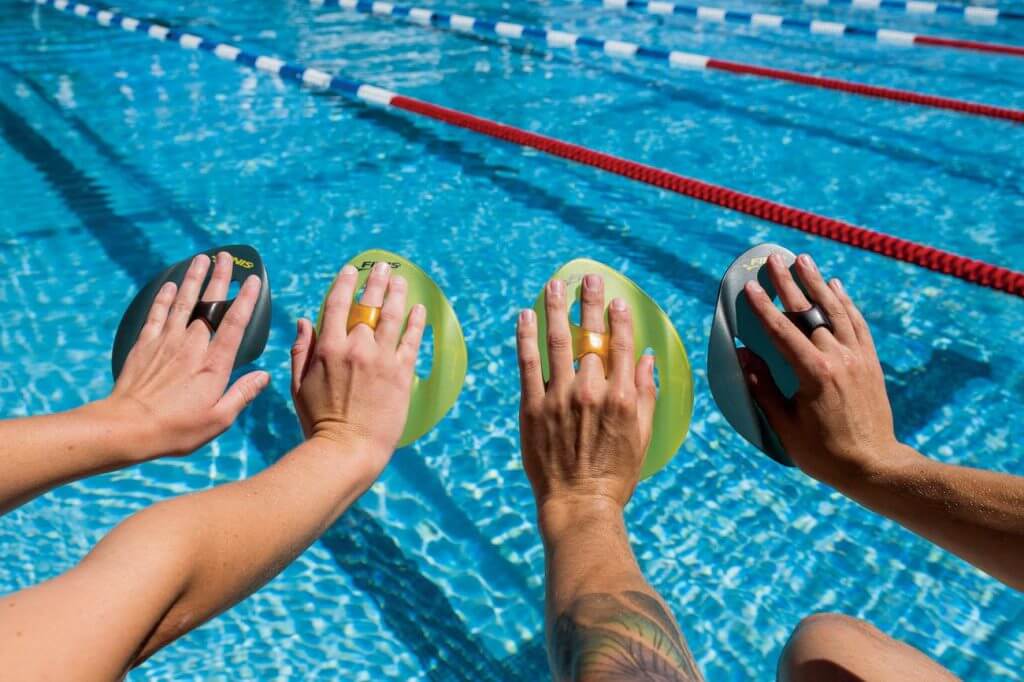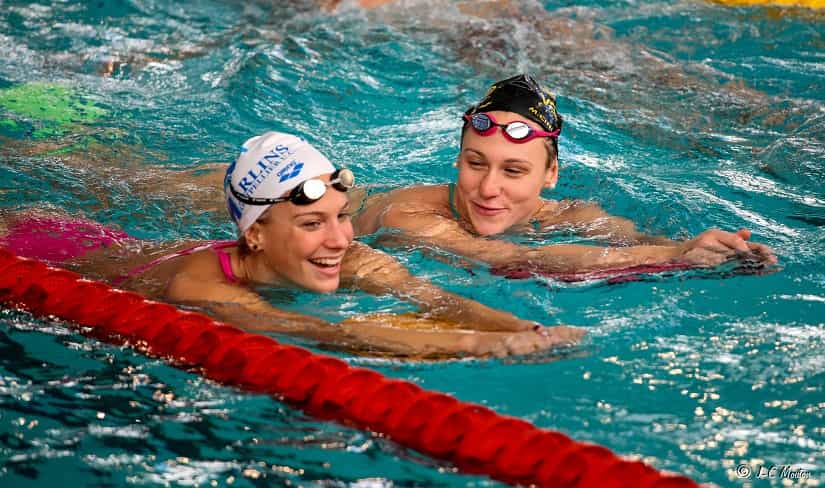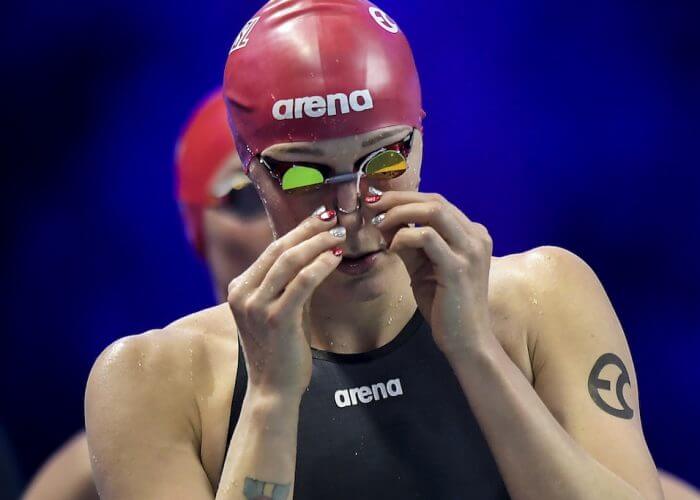Don’t Leave Home Without These 6 Must-Have Swimming Accessories

Don’t Leave Home Without These 6 Must-Have Swimming Accessories
When taking a swim, it is essential to have the right gear. Suits, caps, towels, and a reliable pair of goggles are all examples of swimming staples. If forgotten, they can make swimmers put their hands on their heads in frustration, wondering how they could possibly forget. While these may be classic swimming essentials, there are a wide variety of additional tools that may be worth the investment. Below are listed six affordable accessories that when used correctly, can help improve a swimmer’s technique, endurance, and strength.
1. Snorkel
It’s not just for fish spotting in the open water anymore. In the pool, the snorkel can improve just about any swimming skill you can think of. With this tool, you can develop a more balanced stroke, gain a better rhythm between the kicking of your legs and your arm movements, and improve your head position. Not to mention their low price tag. With this versatile piece of equipment and a little consistency, you can become a better swimmer.
2. Hand Paddles

Photo Credit: arenawaterinstinct.com
The hand paddle is another swimming accessory that can really make an impact when it comes to technique, especially upper bodywork. This affordable tool can give you an improved feel for the water and a better awareness of your arm pull. It does this by adding resistance to your strokes, which forces you to slow down and focus on your technique. Another benefit is if you have a stroke that could use some technical tweaking. As the paddles make each arm pull more difficult, they will allow you to slow down and concentrate on additional areas of your body such as your head position or leg kick.
3. Anti-Fog Spray

Photo Credit: swimitright.com
Although not essential for the sport, anti-fog spray can be beneficial for any swimmer. Let’s face it, nobody wants to end their race unable to see the pool wall in front of them due to goggle fog. Whether you’re lap swimming or swimming long-distance races, fogged-up goggles can be a nuisance at best and a nightmare at worst. Often, goggles will be labeled “anti-fog,” but this coating tends to wear off over time, especially when the instinct is to wipe the fog away when it gets especially bad. If foggy goggles are too much to bear over time, investing in some sort of anti-fog spray is another cheap, helpful option that can take care of the problem. Once the fog has been lifted, swimmers can focus on their swimming instead of their equipment.
4. Band

Photo Credit: triathlete.com
Another way to strengthen your upper body is to wear an ankle band. To prevent kicking during pull sets, strap a band around your ankles to keep your feet together. Sometimes it is easy enough to use a pull buoy alone, but in reality, it does not control your feet’ capabilities, but instead just your legs. An ankle band can be used with a pull buoy to keep the body in alignment, or even without a pull buoy to work out abdominal muscles by forcing you to prevent your legs from sinking on their own.
5. Kickboard

Photo Credit: yourswimlog.com
Another effective way to make both your legs and arms do the work is to use a kickboard. This tool specializes in helping you build a better motor. Having functional kick fitness is critical towards the end of a race. And because there’s no great way to improve your kick on dry land, a kickboard is your best option. Because your legs include the largest muscles in your body, they suck up a lot of oxygen. As a result, enhancing their strength is invaluable. Additionally, having an adequate leg fitness level can help improve finishing ability and execute a more powerful pulling motion. On top of these benefits, a kickboard is another piece of equipment that can help with body position overall.
6. Nose Clips

Sarah Sjostrom – Photo Courtesy: Gian Mattia D’Alberto/LaPresse
Nose clips are a great accessory to have for a number of reasons. First, they help the swimmer keep water from going up the nose, which helps them avoid that universally unpleasant burning sensation. Second, the swimmer can forget what their nose is doing, and focus on proper mouth breathing. Most Olympic swimming fans can also remember swimming legends Tyler Clary, Missy Franklin, Laszlo Cseh, among others wearing clips for their biggest races. If you’re planning to use a nose clip in competition, however, it is a good idea to integrate it into your workouts to get used to swimming and breathing with it.
Whether you’re training to improve your swim technique for competition or just like to hop in the pool for exercise, all five of these accessories can boost your aquatic workouts at a reasonable price. After all, there’s always room for improvement when it comes to swimming, no matter what level you’re at.
All commentaries are the opinion of the author and do not necessarily reflect the views of Swimming World Magazine nor its staff.




